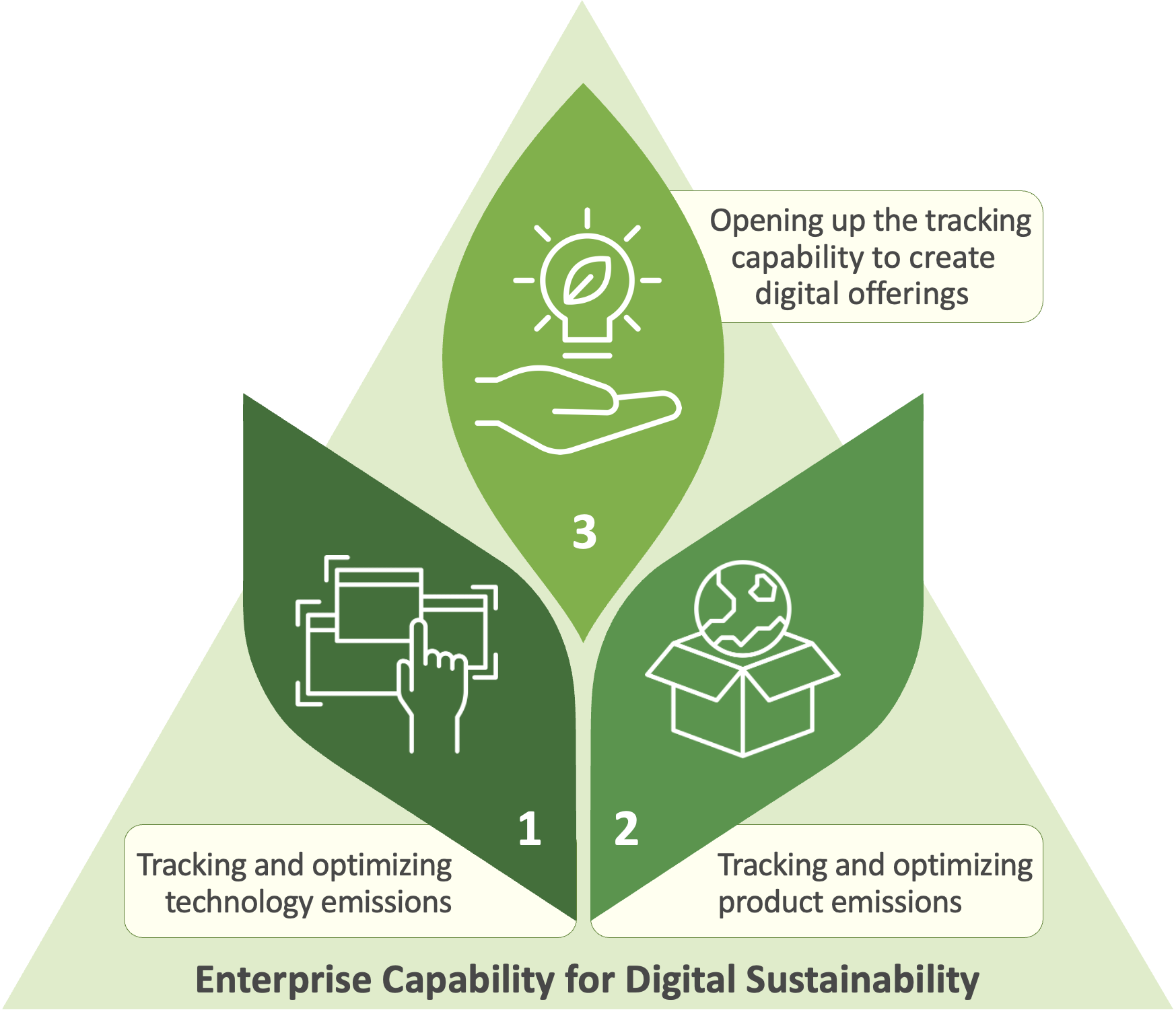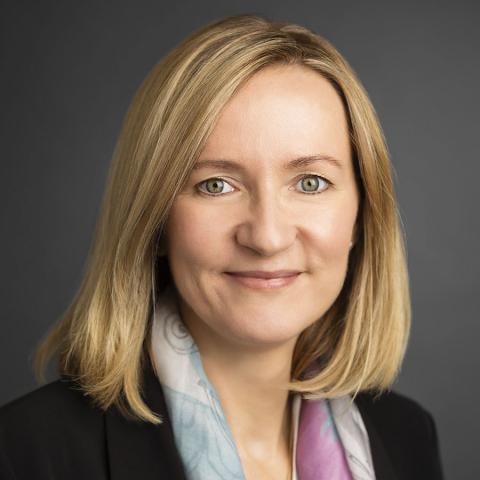Regulators, customers, investors, and employees are requiring companies to reduce their environmental impact and become a positive force in reducing carbon emissions.[foot]Examples include the Corporate Sustainability Reporting Directive from the European Union (CSRD) and the Inflation Reduction Act (IRA) in the US.[/foot] As digital technologies are necessary to accomplish this mandate,[foot]For example, see “Digital Solutions Can Reduce Global Emissions by Up to 20%. Here’s How,” Davos Agenda, World Economic Forum, May 23, 2022, https://www.weforum.org/agenda/2022/05/how-digital-solutions-can-reduce-global-emissions/.[/foot] technology leaders have an opportunity to build an essential enterprise capability and add to their portfolio of expertise. A 2022 MIT CISR survey showed that technology leaders in companies that are top performing on profitability (those in the top quartile) spend significantly more time on building a complementary enterprise capability than their peers (22 percent of their time, versus 14 percent by companies in the bottom quartile).[foot]MIT CISR 2022 Executive Time Survey (N=434), from a CIO/CDO/CTO subset of the data (N=95). For more, see P. Weill, S. L. Woerner, and G. Evans, “How Tech Leaders of Top-Performing Companies Spend Their Time,” MIT CISR Research Briefing, Vol. XXIV, No. 1, January 2024, https://cisr.mit.edu/publication/2024_0101_TechLeaderTime_WeillWoernerEvans.[/foot]
In 2023, we studied how large companies were addressing the challenges of sustainability.[foot]In 2023, we hosted a discussion with 36 executives of the MIT CISR Data Research Advisory Board and conducted 36 interviews with 39 executives from ten countries (the US, the UK, Mexico, Australia, Switzerland, Germany, Turkey, Finland, and France) in industries including financial services, manufacturing, pharma, agriculture, supply chains, automotive, high tech, and government. Interviewee roles included CIO, chief technology officer, chief digital officer, chief sustainability officer, chief data officer, and executives in their teams. The Bupa, Clariant, and Cemex case examples are based on 2023 interviews with one executive, five executives, and seven executives, respectively.[/foot] Carbon emission reduction was a top concern, and to address that concern, technology leaders in our study and their teams were developing an enterprise capability around tracking carbon emissions. In this briefing, we describe three emerging opportunities for technology leaders to build and leverage this capability, and illustrate technology leadership in carbon emission reduction with examples from Bupa, Clariant, and Cemex.










